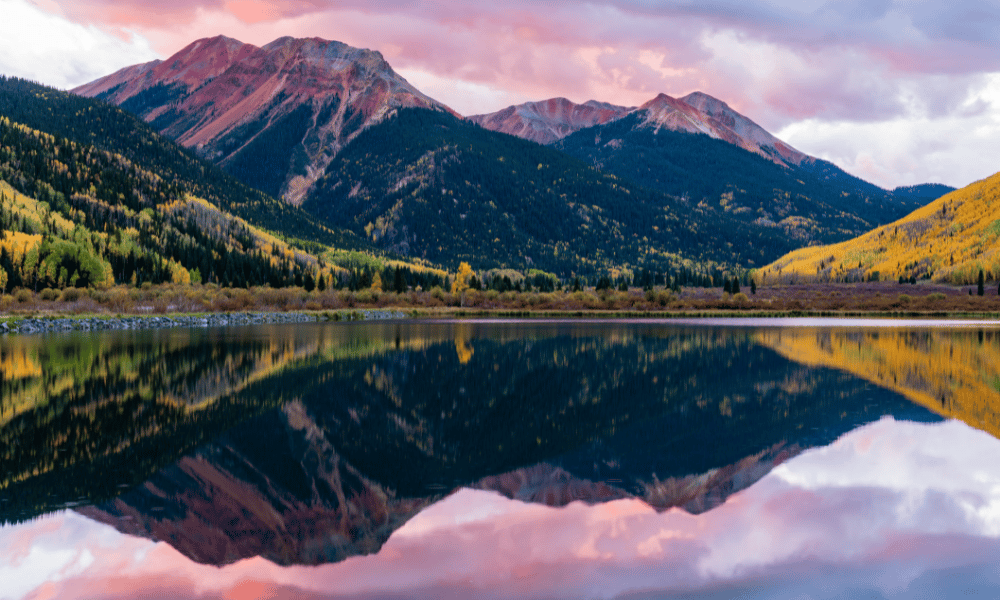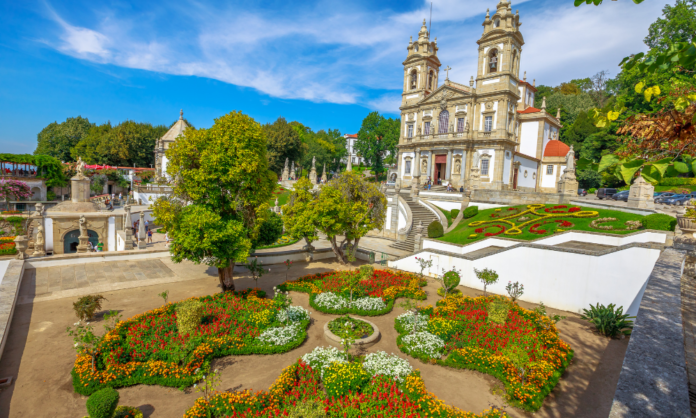
To celebrate Earth day on the 22nd April, we look at five sanctuaries and nature conservation areas around the world.
8 Sanctuaries and Nature Conservation Areas Around the World.
Scripps Coastal Reserve: San Diego – California
Scripps Coastal Reserve is a beautiful natural reserve system in La Jolla, San Diego. Managed by the
The University of California, the 126 acre stretch of land is used primarily for teaching and research by the university but is open to the public with guided walks on select days. There are two distinct parts to the reserve – the shoreline and marine protected area, and the upland area (known as the ‘Knoll’) – each with huge ecological significance.
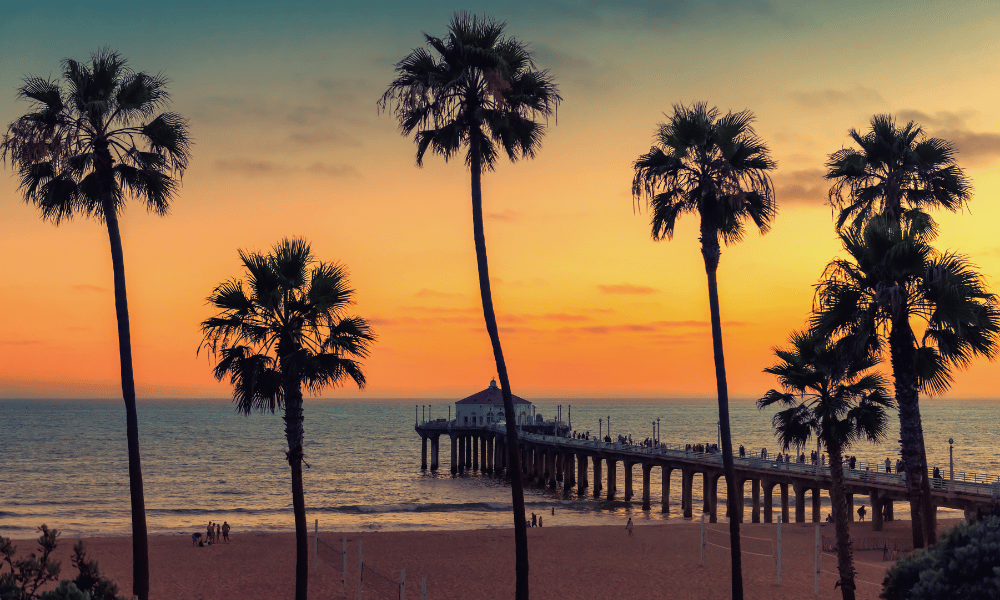
Everglades National Park celebrates 75th Anniversary – Florida’s Paradise Coast
Explore the wild side of Florida’s Paradise Coast with the UNESCO World Heritage Site Everglades
National Park. This year the park will celebrate its 75th anniversary, so there’s no better time to switch off from city life and get out to experience nature at its finest. Located in Southwest Florida, the Paradise Coast sits on the Gulf of Mexico and comprises three distinct areas, including Naples, Marco Island and the Everglades.
The best way to experience the Everglades’ wilderness is by guided tour via kayak, airboat, paddle, on board a WaveRunner or swamp walking on foot. Visitors will have the opportunity to spot over 200 different species of birds, manatees, dolphins, alligators (the only place in the world where both cohabit) as well as the rare ghost orchid and Florida Panther.
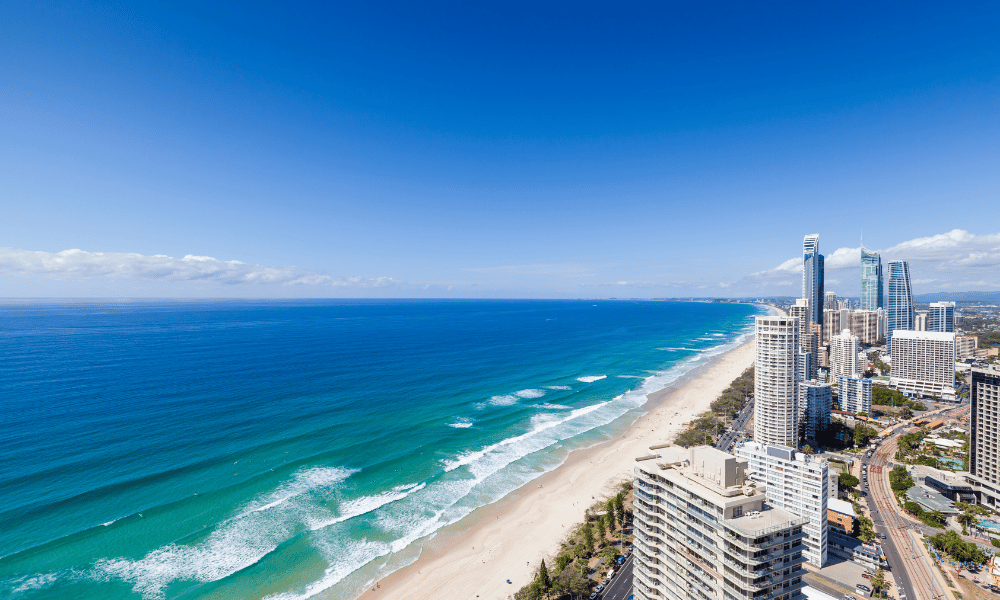
Coast Greater Farallones National Marine & Farallon National Wildlife Refuge, – California
Greater Farallones National Marine Sanctuary protects 3,295 square miles off the northern and central
California coast. It’s an oceanic Eden, where the sea swirls with marine life. Gray, humpback and blue
whales, as well as orcas, all visit in different seasons, while pods of porpoises, dolphins, sea lions and
seals hang around throughout the year.
More life lives on or around the dramatic Farallon Islands, almost barren lumps that rise out of the sea 30 miles west of the Golden Gate Bridge. Sea lions and seals are found here, and the skies fill with countless seabirds. Farallon National Wildlife Refuge protects the largest seabird rookery in the contiguous US, with nesting species including tufted puffins, rhinoceros auklets and pigeon guillemots.
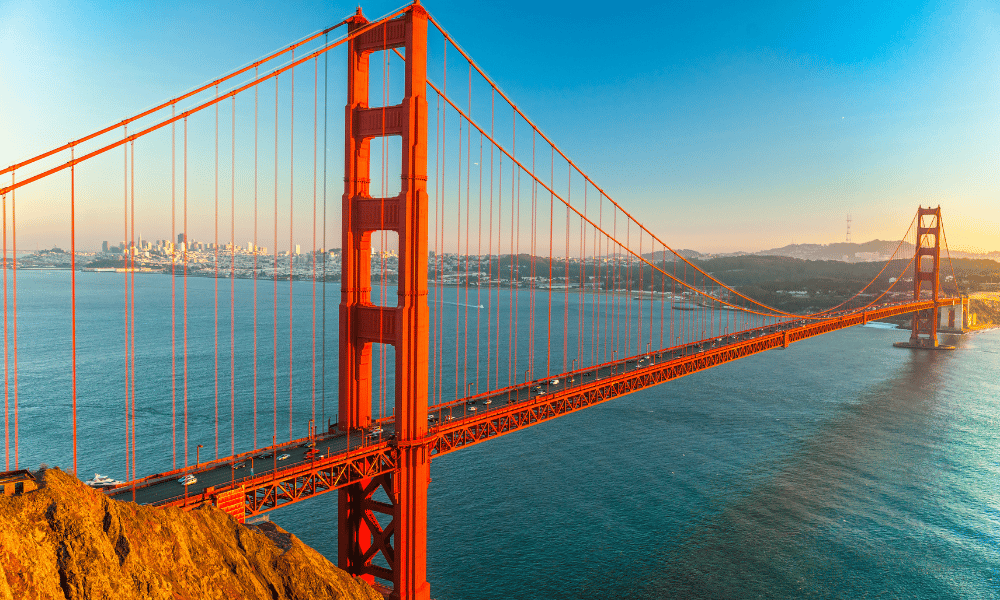
Union Bay Natural Area – Seattle
An important habitat next to Lake Washington, the Union Bay Natural Area is a natural restoration
laboratory and public wildlife area. At 74 acres and four miles of shoreline, it stands as the second natural system left on the lake. Over 200 species of birds can be found here and it is considered one of the best bird-watching sites in the city. Notable for its collection of diverse habitats including lakes, ponds, woods and marshlands, blue herons, turtles and frogs can be spotted.
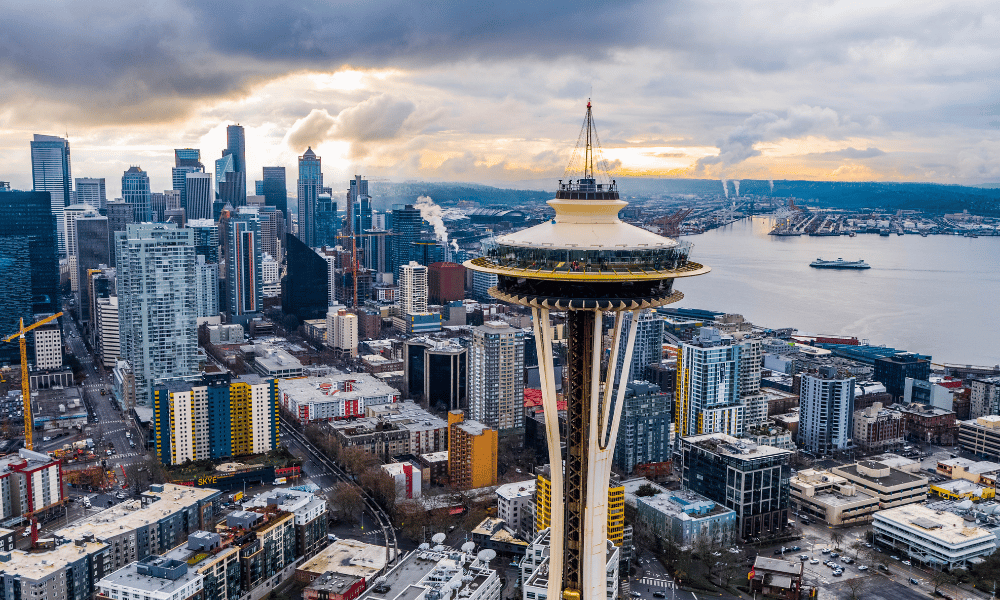
Aiken Canyon Preserve – Colorado
One of the last high quality examples of the southern Foot Range foothills ecosystem, this preserve is a
treasure trove of flora and fauna where rich colours meet the eye and eccentric landscapes can be
witnessed. Composed of a mosaic of habitats including pinyon juniper woodlands, shrublands and tallgrass prairie meadows the reserve features beautiful canyon systems, distinctive shrubland birds and a tallgrass prairie butterfly community. Nestled in Colorado Springs, travellers can bird watch, hike, wildlife or flower watch at this charming natural attraction.
